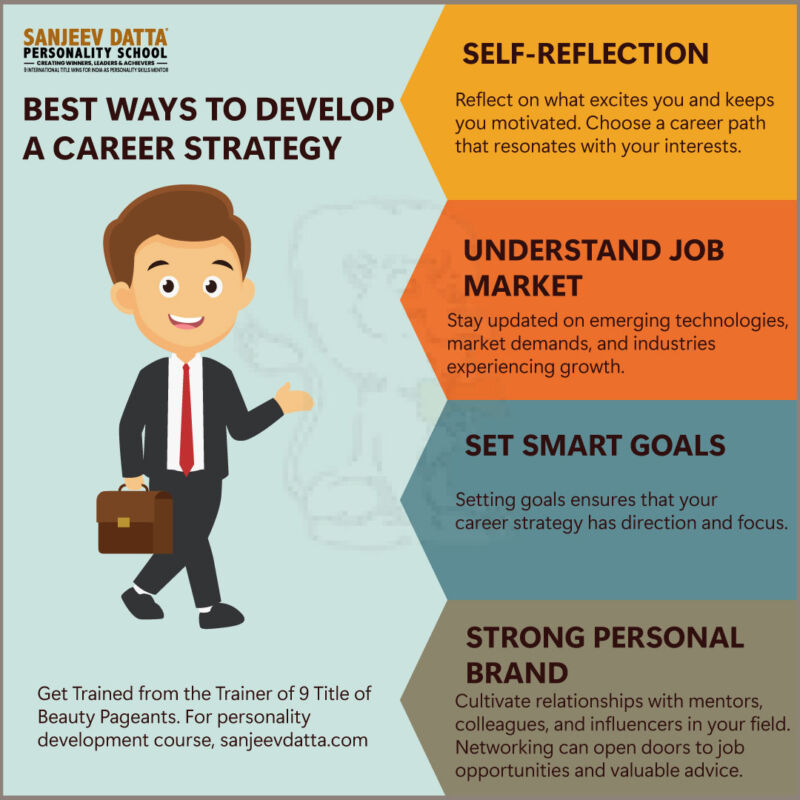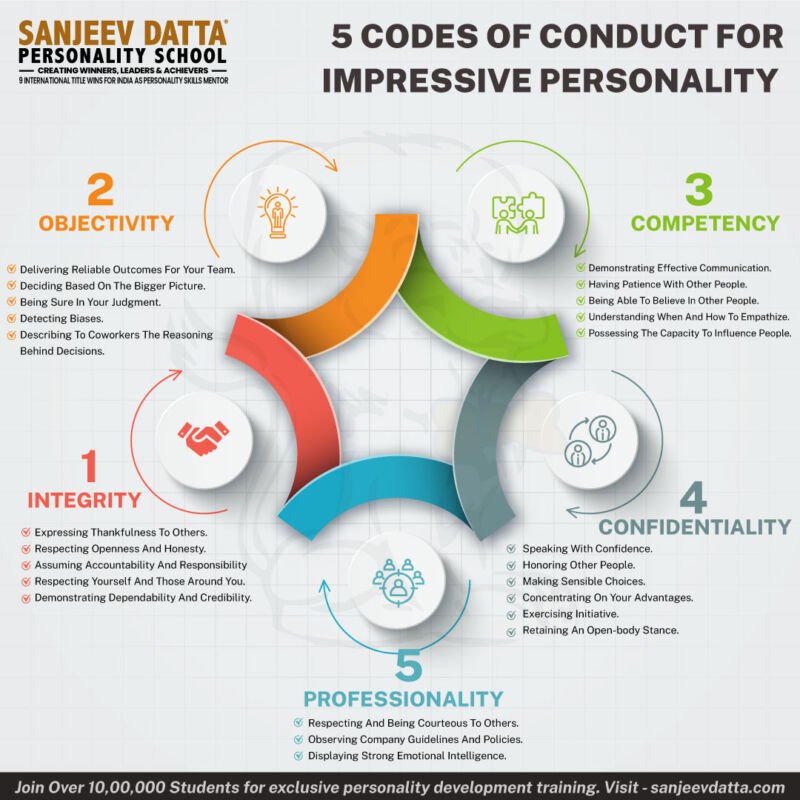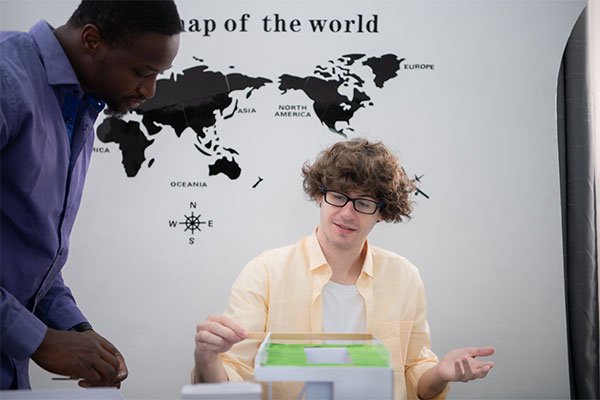Moving your career across borders isn’t just about packing your bags and hoping for the best – it’s about strategically positioning yourself for success in a completely new professional landscape. If you’ve been dreaming about working in Silicon Valley, landing a consulting role in London, or joining a startup in Berlin, you’re not alone. Millions of ambitious professionals are asking the same question: how to plan an international career move that actually leads to long-term success?
The good news? With the right strategy, preparation, and mindset, your international career dreams are absolutely achievable. The challenge is navigating the complex web of visa requirements, cultural differences, and professional expectations that vary dramatically from country to country.
Why Now is the Perfect Time for an International Career Move?
The global job market has fundamentally shifted in the post-pandemic world. Remote work has broken down traditional geographical barriers, companies are more open to international talent than ever before, and many countries are actively seeking skilled professionals to fuel their economic growth.
Think about it this way – you’re not just changing jobs; you’re positioning yourself at the intersection of global opportunities. International experience isn’t just nice to have anymore – it’s becoming essential for career advancement in our interconnected world.
But here’s what most people get wrong: they focus on the destination without properly preparing for the journey. Successful international career moves require months of strategic planning, skill development, and relationship building.

Phase 1: Self-Assessment and Goal Setting
Understanding Your “Why”
Before diving into visa applications and job boards, you need crystal clarity on your motivations. Are you seeking better compensation, cutting-edge industry exposure, or personal growth through cultural immersion?
Key questions to ask yourself:
- What specific career outcomes do you want to achieve abroad?
- How does this move align with your 5-10 year career vision?
- What are you willing to sacrifice in the short term for long-term gains?
Conducting a Brutal Skills Inventory
International employers have their pick of global talent. Your local success doesn’t automatically translate to international marketability. Conduct an honest assessment of your skills against global standards in your field.
Critical evaluation areas:
- Technical skills relevant to your target market
- Language proficiency requirements
- Cultural competency and adaptability
- Leadership and communication styles
International success requires more than technical expertise – you need to develop the soft skills, communication abilities, and cultural intelligence that make you stand out in a global marketplace.
Reading about top soft skills in workplace will help!
Phase 2: Research and Target Market Selection
Choosing Your Destination Strategically
Not all international opportunities are created equal. Your target country should align with your career goals, financial objectives, and lifestyle preferences.
Factors to evaluate:
- Industry strength and growth potential
- Visa accessibility and pathways to permanent residency
- Cost of living vs. earning potential
- Cultural fit and language requirements
Understanding the Local Job Market
Each country has unique hiring practices, networking cultures, and professional expectations. What works in North America might be completely ineffective in Asia or Europe.
Research priorities:
- Industry-specific job boards and recruitment agencies
- Networking platforms and professional associations
- Salary benchmarks and negotiation norms
- Work culture and professional etiquette
Visa Categories and Immigration Pathways
Immigration law is complex and constantly changing. Understanding your visa options early in the process prevents costly mistakes and timeline delays.
Common visa categories for professionals:
- Skilled worker visas (like H-1B, Express Entry, or Blue Card)
- Intra-company transfer visas
- Entrepreneur and investor visas
- Working holiday visas for eligible age groups
Phase 3: Skills Development and Qualification Enhancement
Bridging the Skills Gap
International employers often have different expectations and requirements than domestic ones. Identify and address these gaps before you start applying.
Skill enhancement strategies:
- Industry-recognized certifications
- Online courses from globally recognized institutions
- Language learning programs
- Cross-cultural communication training
The Power of Personal Branding
Your personal brand needs to resonate with international audiences. This goes beyond updating your resume – it’s about positioning yourself as a global professional.
Brand development elements:
- LinkedIn optimization for international visibility
- Portfolio showcasing cross-cultural projects
- Thought leadership content in your industry
- Professional photography and presentation standards
Consider enrolling in a comprehensive personality development course that focuses on global professional skills. These programs help you develop the confidence, communication style, and leadership presence that international employers value highly.

Phase 4: Building Your International Network
Networking Across Borders
Your network is often more important than your qualifications when it comes to international opportunities. Start building relationships in your target market well before you’re ready to move.
Effective networking strategies:
- Industry conferences and virtual events
- Professional association memberships
- Alumni networks from international programs
- Social media engagement with industry leaders
Leveraging Digital Platforms
LinkedIn is just the starting point. Each region has preferred professional networking platforms and communication styles.
Mentorship and Guidance
Find mentors who have successfully made similar transitions. Their insights can save you months of trial and error.
Types of mentors to seek:
- Professionals from your home country working abroad
- Local professionals in your target industry
- Immigration lawyers and career counselors
- Expatriate community leaders
Phase 5: Application Strategy and Job Search
Crafting Market-Appropriate Applications
Your resume, cover letter, and application approach need to meet local expectations. What impresses employers in one country might actually hurt your chances in another.
Application localization factors:
- Resume length and format preferences
- Photo requirements and personal information
- Reference styles and verification processes
- Application deadlines and follow-up etiquette
Strategic Job Search Approach
Don’t just spray and pray with applications. Develop a targeted approach that maximizes your chances while minimizing wasted effort.
Search strategy components:
- Target company research and relationship building
- Recruiter partnerships and agency relationships
- Hidden job market access through networking
- Timing your applications with visa processing
Interview Preparation for International Roles
International interviews often include unique components like cultural fit assessments, hypothetical relocation scenarios, and cross-cultural communication tests.
Preparation areas:
- Video interview technology and etiquette
- Cultural sensitivity and awareness
- Salary negotiation in different contexts
- Relocation timeline and logistics discussions
red flags of a job interview to watch
Phase 6: Legal and Financial Preparation
Documentation and Credential Recognition
Getting your paperwork in order takes time, and some documents require months to obtain or verify.
Essential documentation:
- Educational credential evaluations
- Professional license transfers
- Criminal background checks
- Medical examinations and vaccinations
Financial Planning for International Moves
Moving internationally is expensive, and your first few months abroad will likely involve significant costs before your income stabilizes.
Financial considerations:
- Visa application fees and legal costs
- Relocation expenses and temporary housing
- Emergency fund for unexpected delays
- Currency exchange and international banking
Tax Implications and Planning
International career moves create complex tax situations that can cost you thousands if not handled properly.
Tax planning priorities:
- Double taxation treaty benefits
- Foreign earned income exclusions
- Retirement account transfers
- Professional tax advisory services

Phase 7: Cultural Adaptation and Soft Skills Development
Understanding Cultural Differences
Technical skills get you the interview, but cultural fit gets you the job and determines your long-term success.
Cultural competency areas:
- Communication styles and hierarchy respect
- Meeting culture and decision-making processes
- Work-life balance expectations
- Professional relationship building
Language Skills Beyond Basics
Even in English-speaking countries, business communication has nuances that can make or break your professional success.
Language development focus:
- Industry-specific terminology
- Professional writing styles
- Presentation and public speaking
- Negotiation and conflict resolution language
Developing Global Leadership Presence
International careers often accelerate leadership opportunities, but you need to be ready for them.
Leadership skill development:
- Cross-cultural team management
- Virtual leadership capabilities
- Change management and adaptability
- Strategic thinking and global perspective
Phase 8: Making the Transition
Relocation Logistics
The practical aspects of international relocation can be overwhelming without proper planning.
Relocation checklist:
- Housing arrangements and temporary accommodation
- International shipping and customs procedures
- Healthcare system navigation and insurance
- Banking and financial services setup
First 90 Days Strategy
Your first three months abroad will set the tone for your entire international experience. Have a clear plan for professional and personal integration.
Integration priorities:
- Workplace relationship building
- Local community connections
- Professional association memberships
- Cultural activity participation
Managing Reverse Culture Shock
Even the most prepared international professionals experience adjustment challenges. Recognizing and planning for these is crucial for long-term success.
Common adjustment areas:
- Professional communication styles
- Work pace and deadline management
- Social integration and friendship building
- Maintaining home country relationships
Timeline and Project Management
12-Month Pre-Move Timeline
Successful international career moves typically require 12-18 months of preparation. Here’s how to structure your timeline:
Months 12-10: Foundation Setting
- Complete self-assessment and goal setting
- Begin market research and destination selection
- Start networking and relationship building
- Initiate skill gap analysis
Months 9-7: Skill Development Phase
- Enroll in relevant courses and certifications
- Develop language proficiency
- Build international professional network
- Research visa requirements and begin documentation
This is where investing in personality development training becomes crucial.

Months 6-4: Active Preparation
- Finalize visa applications and legal documentation
- Intensify job search and recruiter relationships
- Complete credential evaluations and professional certifications
- Develop market-appropriate application materials
Months 3-1: Execution Phase
- Active interviewing and offer negotiation
- Finalize relocation logistics and housing
- Complete financial and tax planning
- Prepare for cultural transition
Common Pitfalls and How to Avoid Them
- Underestimating Timeline and Complexity
The biggest mistake is assuming you can figure it out as you go. International career moves require systematic planning and execution.
- Focusing Only on Technical Skills
While technical competence is important, international success depends heavily on soft skills, cultural intelligence, and adaptability.
- Neglecting Home Country Relationships
Burning bridges or neglecting your home country network can limit future opportunities and complicate potential returns.
- Inadequate Financial Planning
Running out of money during your transition can force poor decisions and limit your negotiating power.
Leveraging Technology and Resources
Digital Tools for International Job Seekers
Essential platforms and tools:
- International job boards and aggregators
- Cultural training apps and resources
- Language learning platforms
- Visa tracking and immigration tools
Professional Development Resources
Continuous learning is crucial for international career success. Invest in resources that keep you competitive globally.
Building Your Global Personal Brand
Your online presence needs to reflect your international ambitions and capabilities.
Understanding the power of self branding
Frequently Asked Questions
Q: How long does it typically take to plan and execute an international career move?
A: Most successful international career moves require 12-18 months of preparation. This includes skill development, networking, visa processing, and job searching. Rushing the process often leads to suboptimal outcomes or missed opportunities.
Q: Do I need to be fluent in the local language to work internationally?
A: Language requirements vary significantly by country, industry, and role level. While English proficiency opens many doors globally, local language skills often determine your long-term career progression and cultural integration. Start learning early, even if it’s not immediately required.
Q: How much money should I save before making an international career move?
A: Plan for 6-12 months of living expenses plus relocation costs, which can range from 10,000 to 50,000 depending on your destination and circumstances. This includes visa fees, moving expenses, temporary housing, and emergency funds for unexpected delays.
Q: Is it better to find a job first or move first and then job search?
A: In most cases, securing employment before relocating is strongly recommended. This provides visa sponsorship, financial security, and negotiating power. However, some countries offer job-seeking visas for qualified professionals, which can be an alternative strategy.
Q: How do I handle salary negotiations for international positions?
A: Research local salary standards, cost of living differences, and typical compensation packages. Consider the total package including benefits, vacation time, and professional development opportunities. Factor in currency exchange rates and tax implications when comparing offers.
Your Action Plan for International Career Success
Successfully executing how to plan an international career move requires treating it like the major life project it is. This isn’t just about finding a job in another country – you’re repositioning your entire career trajectory and life path.
The professionals who succeed internationally are those who approach this transition strategically, invest in their personal development, and build the relationships that open doors in global markets. They understand that technical skills alone aren’t enough – you need the cultural intelligence, communication abilities, and adaptability that allow you to thrive in any professional environment.
Remember, every successful international career started with someone asking the same questions you’re asking now. The difference between those who make it happen and those who just dream about it comes down to preparation, persistence, and professional development.


